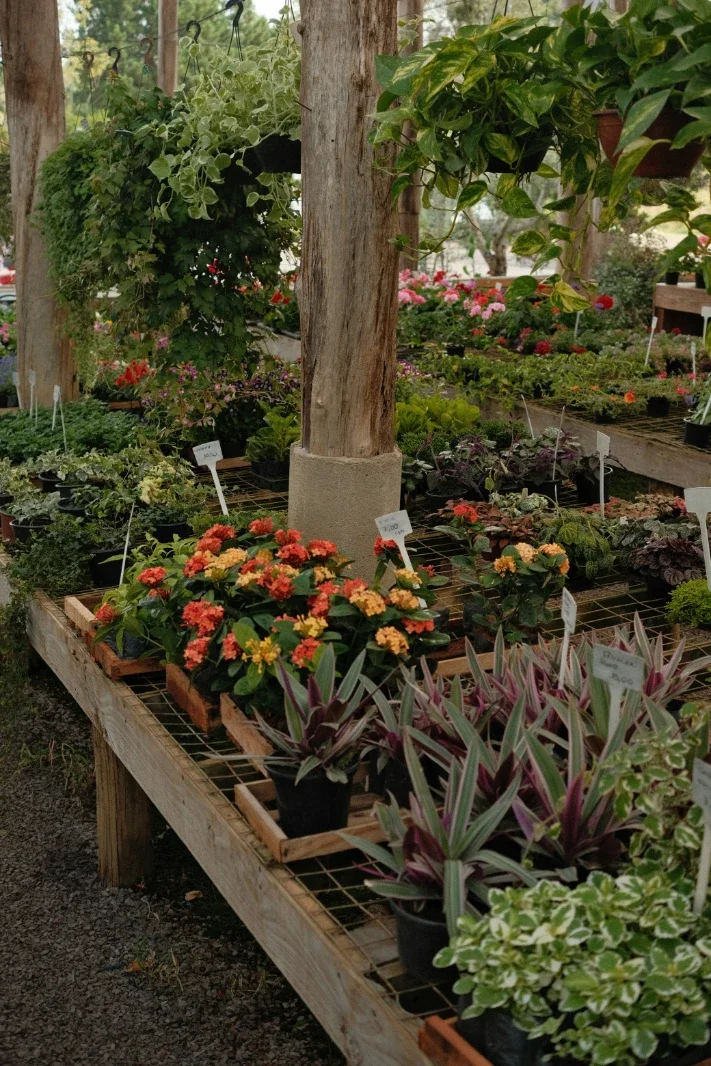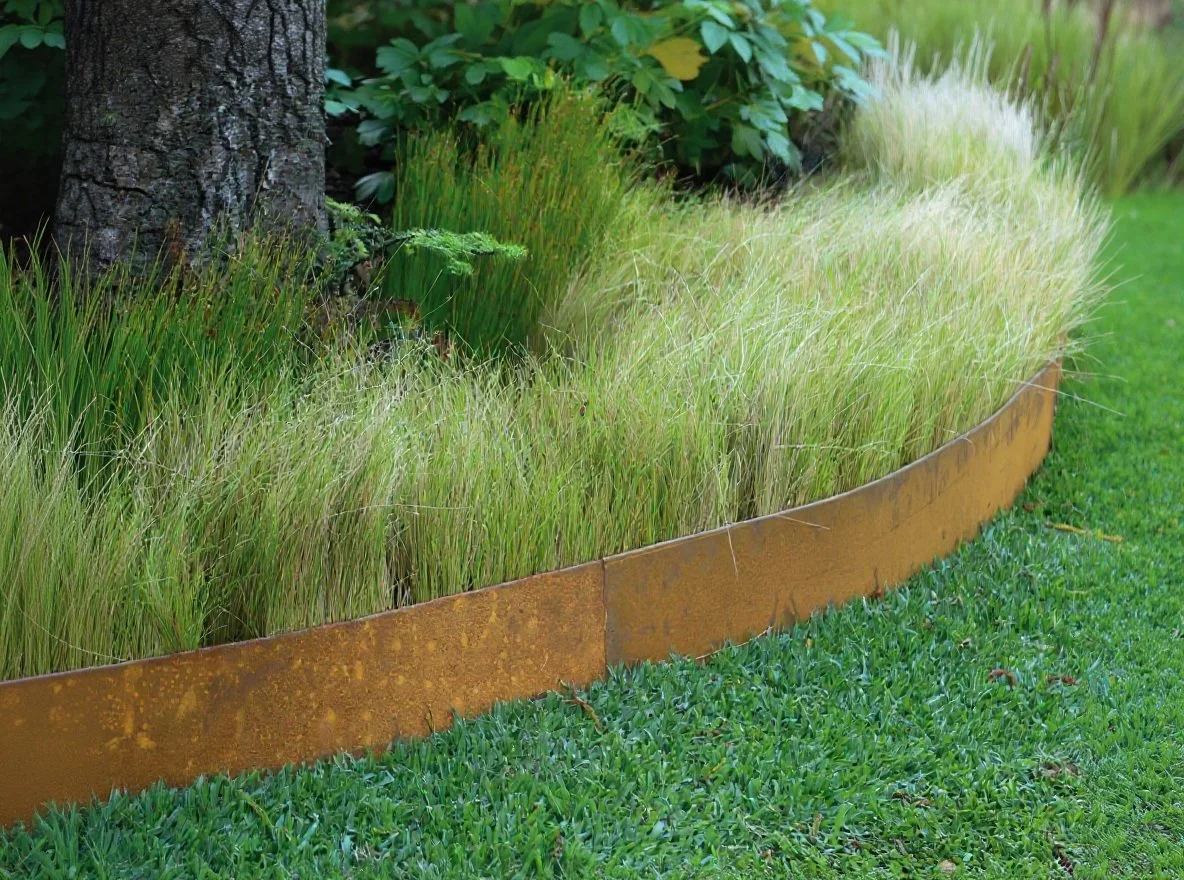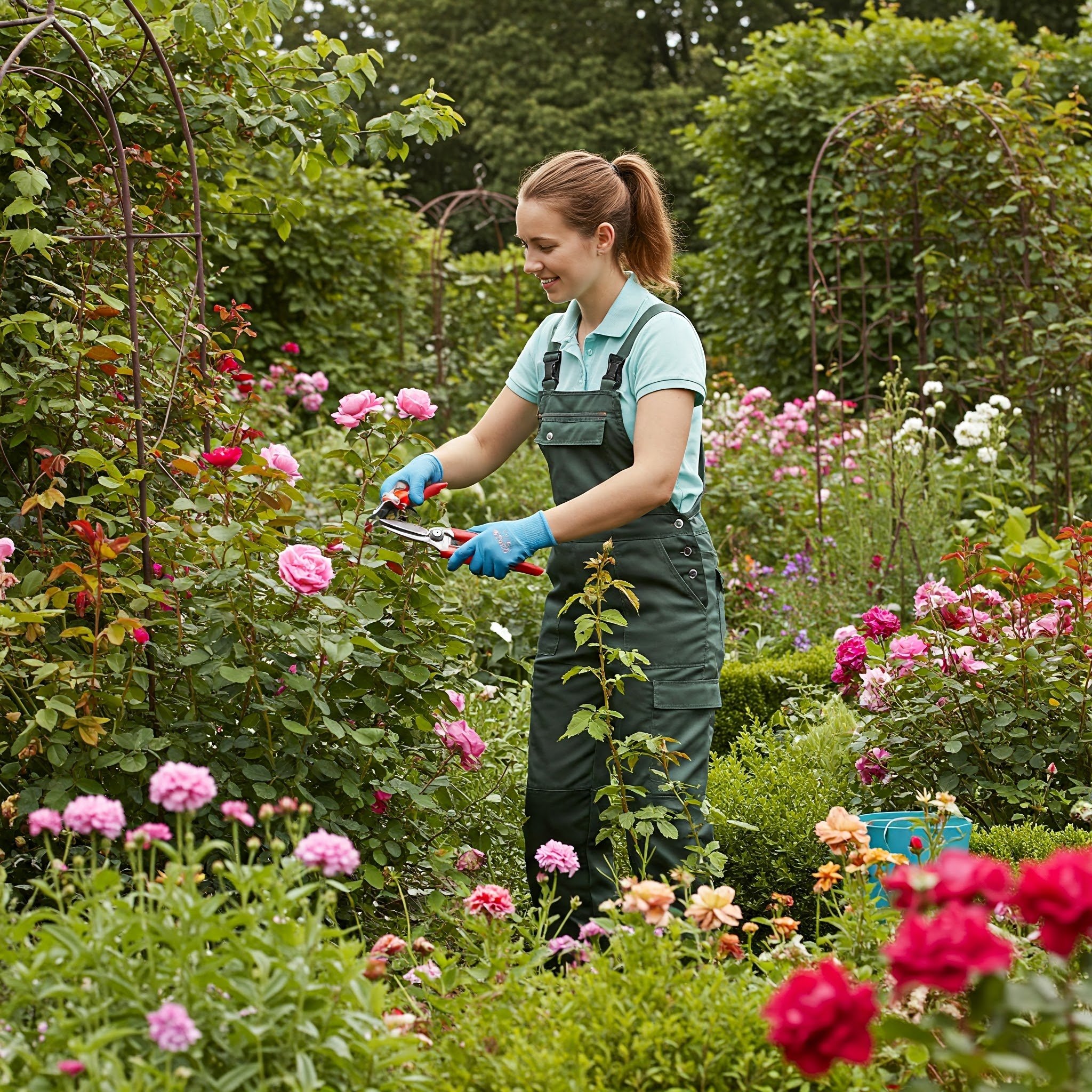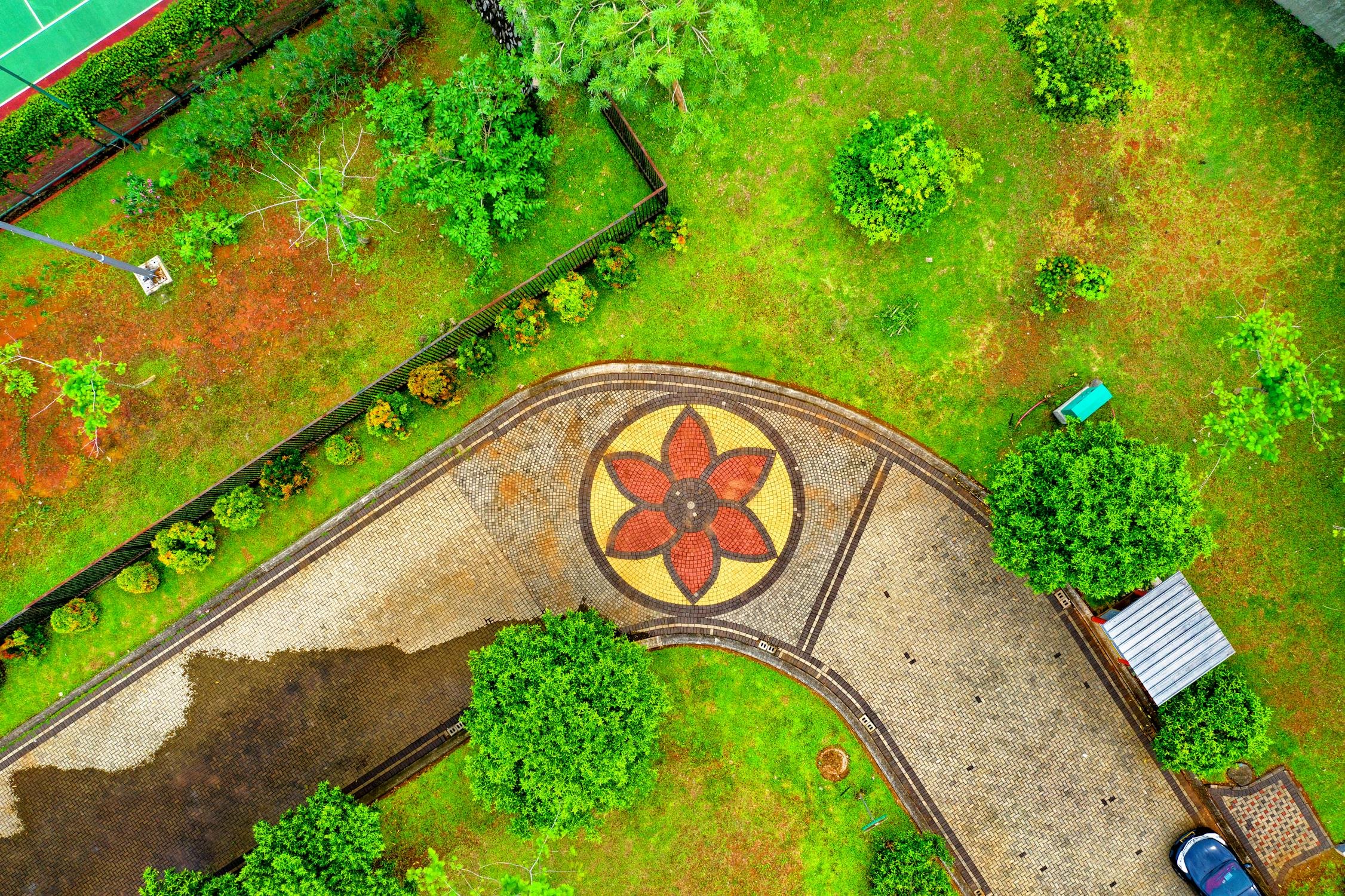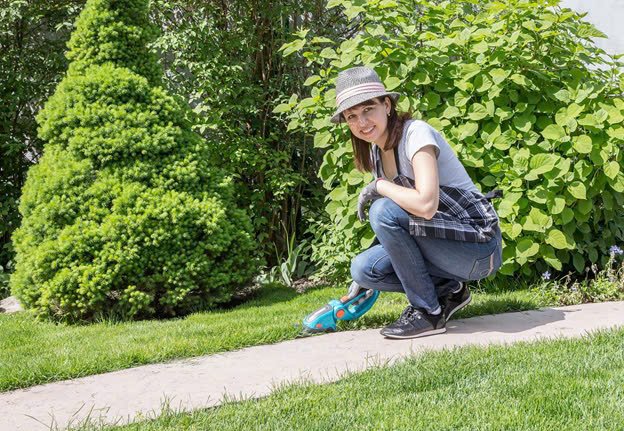From Trimming to Treatment: How a Tree Doctor Keeps Your Trees Healthy
Discover how a tree doctor keeps your trees healthy, from trimming to treatment. Learn about essential tree care practices that ensure the longevity and vitality of your landscape.
Healthy trees are beautiful and valuable to your property. But how do you keep them in top shape? Enter the tree doctor. A tree doctor specializes in tree health management. They ensure your trees are strong and vibrant. From trimming to treatment, they handle it all. They know what it takes to prevent diseases. They also address pest problems effectively. Regular check-ups can make a significant difference.
Have you ever wondered how tree doctors work? This blog will guide you through their essential services. Discover how you can benefit from professional tree health management.
Regular Tree Inspections
Regular tree inspections are crucial for maintaining the health and safety of your trees. During an inspection, a tree doctor will examine your trees for signs of stress, disease, or pest infestations. They will check for broken or dead branches, assess the tree's structure, and identify any potential issues that could cause problems. These inspections help catch problems early before they become severe and costly. With professional tree care, you can ensure trees receive the attention they need to thrive. By scheduling regular check-ups, you are taking proactive steps to keep your trees strong and healthy for years.
Disease Diagnosis and Treatment
Tree disease diagnosis is a critical part of maintaining tree health. A tree doctor examines the symptoms and uses their expert knowledge to identify the type of disease affecting your tree. Symptoms can include:
unusual spots on leaves
wilting
unusual growth patterns
Once the disease is identified, the tree doctor will recommend the best treatment options. These treatments might involve:
pruning infected branches
applying fungicides
enhancing soil nutrition
Early diagnosis and treatment are essential to prevent the disease from spreading to nearby trees. With timely intervention, you can restore the health of your trees and ensure they remain a beautiful and vital part of your landscape.
Pest Control and Management
Pests can harm your trees if not managed. A tree doctor starts by identifying the specific pests causing trouble. Common pests include:
aphids
caterpillars
beetles
Once identified, various treatments can be applied. For instance, organic sprays can deter pests without harming the environment. In some cases, physical removal of the pests might be necessary.
Tree doctors also apply systemic insecticides that trees absorb to kill pests from within. Regular inspections help in spotting pest issues early. Effective pest control ensures that your trees stay healthy and lush. It safeguards their beauty and your property's value.
Pruning and Trimming
Pruning and trimming are vital for tree health and aesthetics. Pruning involves removing dead or diseased branches to prevent decay and improve air circulation. It helps the tree grow stronger and reduces the risk of falling branches. Trimming focuses on shaping the tree for better appearance and balance. Tree doctors use special tools to cut branches, ensuring the wounds heal quickly.
Regular pruning and trimming also promote new growth. It makes your trees look lush and full. By keeping your trees well-maintained, you ensure they remain safe, attractive, and healthy parts of your landscape. Frequent check-ups by a tree doctor can keep your trees in prime condition.
Fertilization and Soil Health
Fertilization and soil health are key elements in keeping your trees vibrant and robust. Trees need nutrients to grow, much like any other plant. A tree doctor assesses the soil's condition and determines the necessary nutrients missing. By adding the right fertilizers, you can replenish these essential nutrients. Fertilization promotes strong root development and boosts the growth of the tree. Healthy soil also improves water retention, ensuring your trees receive adequate moisture.
Tree doctors use slow-release fertilizers to provide a steady nutrient supply over time. Regular soil testing and proper fertilization practices ensure your trees thrive and continue to enhance your landscape's beauty.
Cabling and Bracing
Cabling and bracing are techniques to support and strengthen weak or damaged trees. Tree doctors install cables and rods to help trees endure heavy weights and strong winds. Cabling involves attaching flexible steel cables between branches to reduce stress loads during storms or under the weight of snow. Bracing uses solid rods to reinforce weaker branches, preventing splitting or breaking. These methods are especially useful for trees with multiple trunks or vulnerable branches.
By using cabling and bracing, you can avoid potential hazards and prolong the life of your trees. Regular inspections ensure the supports remain effective, keeping your trees safe and stable.
Root Health and Aeration
Root health is fundamental for a tree's well-being. Healthy roots ensure your trees get enough water and nutrients. Over time, soil can become compacted, which restricts the flow of air, water, and nutrients to the roots. Aeration involves creating small holes in the soil to ease this compaction. This process allows roots to breathe and grow more freely. Tree doctors use specialized tools to perform aeration without damaging the roots.
Improved aeration promotes stronger root systems, leading to healthier and more resilient trees. Regularly aerating the soil around your trees is an essential practice in maintaining their vitality and ensuring they thrive for years to come.
Emergency Tree Care
Emergency tree care is crucial for addressing sudden tree-related issues that pose immediate risks to safety and property. When severe weather conditions like storms, heavy snow, or strong winds strike, trees can become hazardous.
Emergency tree service providers are available 24/7 to handle urgent situations, whether it involves a fallen tree, broken branches, or trees leaning dangerously. Prompt action is essential to prevent injuries, damage to structures, and further tree decline. Professionals have the expertise and equipment to safely remove or stabilize trees in emergency conditions. Relying on emergency tree services ensures that your property is quickly and efficiently restored to safety, giving you peace of mind during unexpected events.
Discover How a Tree Doctor Keeps Your Trees Healthy
Keeping your trees healthy and beautiful requires regular attention and professional care. A tree doctor plays a vital role in maintaining tree health through various services such as inspections, pest control, pruning, and fertilization.
By addressing issues early and providing essential treatments, a tree doctor ensures that trees remain a strong and vibrant part of your landscape. Investing in professional tree care enhances your property's value. It also ensures the safety and longevity of your trees.


